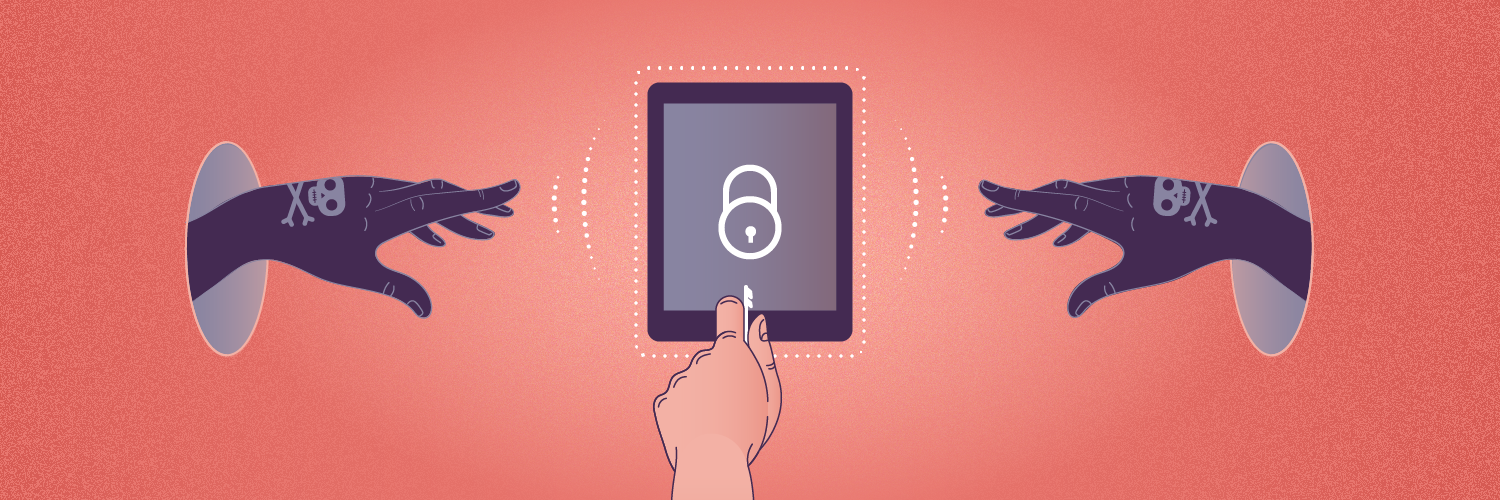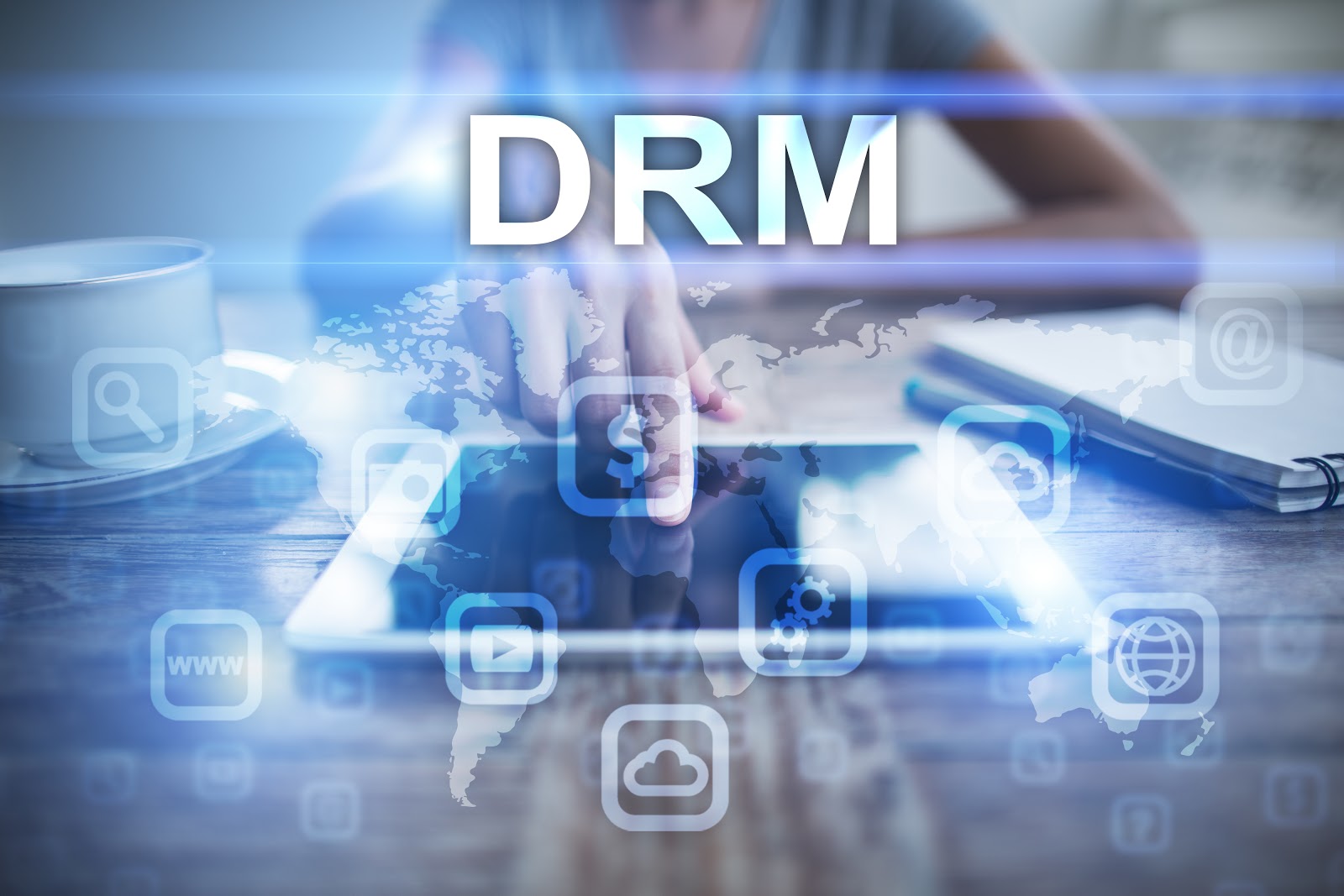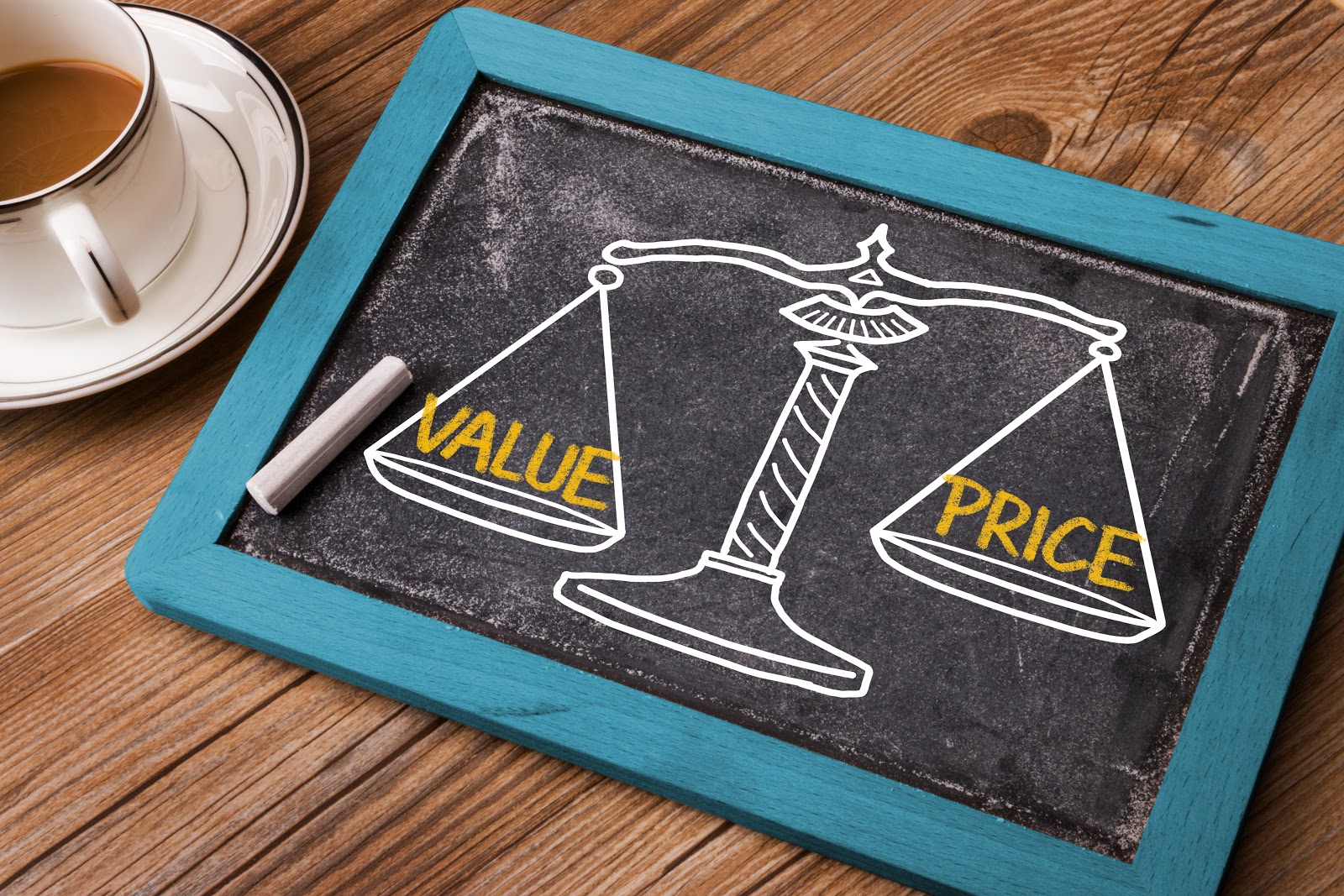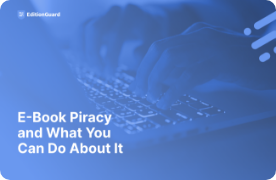 A rise in both self-published and professionally published e-books has recently expanded readers’ access to quality content in convenient forms. But with the rise in e-books comes a rise in piracy and security concerns. Fortunately, there are steps authors and publishers can take to reduce the chances of pirates illicitly copying their material. Here we’ll discuss E-book DRM protection- what it is, how it works, and who it can help.
A rise in both self-published and professionally published e-books has recently expanded readers’ access to quality content in convenient forms. But with the rise in e-books comes a rise in piracy and security concerns. Fortunately, there are steps authors and publishers can take to reduce the chances of pirates illicitly copying their material. Here we’ll discuss E-book DRM protection- what it is, how it works, and who it can help.
The Rise of E-Books

(Source: Stock.adobe.com)
While print books were still more popular than e-books in 2016, according to Pew Research, times are quickly changing. With smartphones, tablets, and e-readers at their fingertips, consumers engage with books just as much as they did pre-technology.E-Book Uses
A 2011 survey found that consumers prefer e-books over print books for several purposes. Respondents to the poll preferred e-books for the variety available, the ability to read in bed or while traveling, and the fact that books are available almost instantly. Convenience is critical for readers who have a long commute or want to select books quickly without a trip to the store or waiting a few days for a package. Therefore, e-books fulfill a need for consumers that also proves lucrative to writers in all genres.E-Book Piracy
With the popularity and versatility of e-books comes increased security risks. Statista notes that there were over 31 million illegally downloaded e-books in 2017. That amounts to $315 million in lost revenue for authors and publishers. Digital piracy can not only impact an author’s sales, but it can also negatively impact consumers’ perceptions of the author, the work or the publisher. From content spinning, where a pirate substitutes some original or edited content in a book, to unlicensed distribution online, pirates manipulate digital media to suit their purposes. Preventing e-book piracy starts with protecting digital content both with technology and social cautions. For example, using the FBI’s anti-piracy warning seal won’t physically stop pirates from stealing content. It may, however, prevent them from pirating content for fear of prosecution by the author or publisher. Both visible and invisible means can help protect e-books preemptively but dealing with the aftermath of piracy is more challenging. Fortunately, DRM protection is a helpful preventative measure that authors can establish before books go live.Frequently-Asked Questions

(Source: Stock.adobe.com)
Digital rights management (DRM) covers all the methods of protecting digital files from piracy. DRM also helps limit access to data so that even web-based e-books are safe. This type of protection includes passwords, watermarks, and encryption.What Are the Pros and Cons of DRM as an E-Book Author?
Why do authors need DRM, and does it have any drawbacks? Here are the pros and cons of DRM. Pro: Preventative Against Piracy The more difficult an e-book is to duplicate, the fewer pirates will attempt it. Unfortunately, book piracy is prolific, with over 15 million illegal downloaders in just the United States in 2017, according to Statista. E-books with DRM, however, have built-in protection against sharing, printing, and copying functions that enable piracy. Although no system is one hundred percent impenetrable, a combination of strategies can reduce the chances of stolen content appearing for free online. Pro: Establishes Legal Framework Unfortunately, advanced hackers may be able to bypass security systems and access protected content. However, DRM addresses not only barriers to e-book content but also enables authors to establish their legal rights. Although there is the possibility of a breach with any protection method, DRM is established in law. Therefore, authors possess a legal framework for pursuing pirates and unlicensed material. Con: Customer Inconvenience Whatever method of DRM an author uses, there may be a slight inconvenience to consumers. For example, password protection requires readers to enter a password to open a file. If they forget the password or enter it incorrectly, that can cause frustration before they even begin reading. Watermarking and encryption, on the other hand, do not pose an inconvenience to readers because they do not affect accessibility. Con: Up-Front Investment Cost High-level DRM does require an investment from authors and publishers. Similar to firewall and antivirus software, the preventative capabilities of digital rights management services are ongoing. However, authors should compare the cost of services or subscriptions with the potential for lost sales due to piracy. Over the long term, a monthly fee is often preferable to dealing with the aftermath of e-book piracy.How Secure Are DRM Documents from Hacking?

(Source: Stock.adobe.com)
How secure DRM e-books are from hacking depends on a few factors. First, the type of DRM strategy that an author uses can impact security. For example, password protection may deter low-level hackers, but it may not help when a consumer decides to share a copy of a book with a friend and supplies the password. Different circumstances warrant varying strategies for protection. Second, how an author defines security is the next factor. A watermark only offers legal protection, not a defense against illegal downloads. However, because companies like Adobe and Microsoft are continually improving their software and processes, security encryption has become more potent than ever. For many authors and publishers, the primary concern with DRM is preventing consumers who have purchased an e-book from sharing it online. After all, like the rest of us, authors prefer not to work for free. If avoiding unlicensed distribution of an e-book is an author’s primary motivation, a combination of security measures may discourage would-be pirates from taking the risk.Is DRM Worth It If I’m Starting an E-Book Store?

(Source: Stock.adobe.com)
Selling e-books to the general public may be fraught with risk, but it also has the potential for high profits. That said, the audience of an e-book store says more about the need for DRM than the type of content it sells. Audience Attributes The first question to ask is: do you trust your audience? If an author decides to open an e-book store for his or her own material, the audience is likely a specific group of consumers. If an author has a small but committed readership, the risks of piracy may prove low. However, if an e-book store owner wants to sell other authors’ work or host a larger selling platform, the audience may grow larger and less predictable. Books from an in-demand author can become a security risk for even small e-book stores as people aim to obtain materials for free. In fact, using DRM solutions are often a requirement for working with larger publishers. That’s because DRM protects authors’ work no matter what digital shelf the e-books reside on. Content Considerations Stocking an e-book store with novels from indie authors is vastly different from selling high-value e-books like textbooks or popular series fiction. In general, the higher the value of the content, the higher the likelihood that hackers will attempt to steal it. Conversely, an e-book store that caters to a specific audience, for example, friends and family of the author, has much lower risk involved when it comes to content value and loss. Levels of Protection DRM solutions encompass multiple tactics for ensuring content security. For example, one solution utilizes download links to deliver e-books to customers. Once the link expires, a customer cannot access an e-book without further permission from the author or publisher. Another option is a watermark that marks an e-book with a copyright. Alternatively, some systems, such as EditionGuard’s Social DRM, add the consumer’s personal information to the e-book to discourage unlicensed sharing. Encryption is a top-tier security method that larger e-book stores often turn to for protection.

